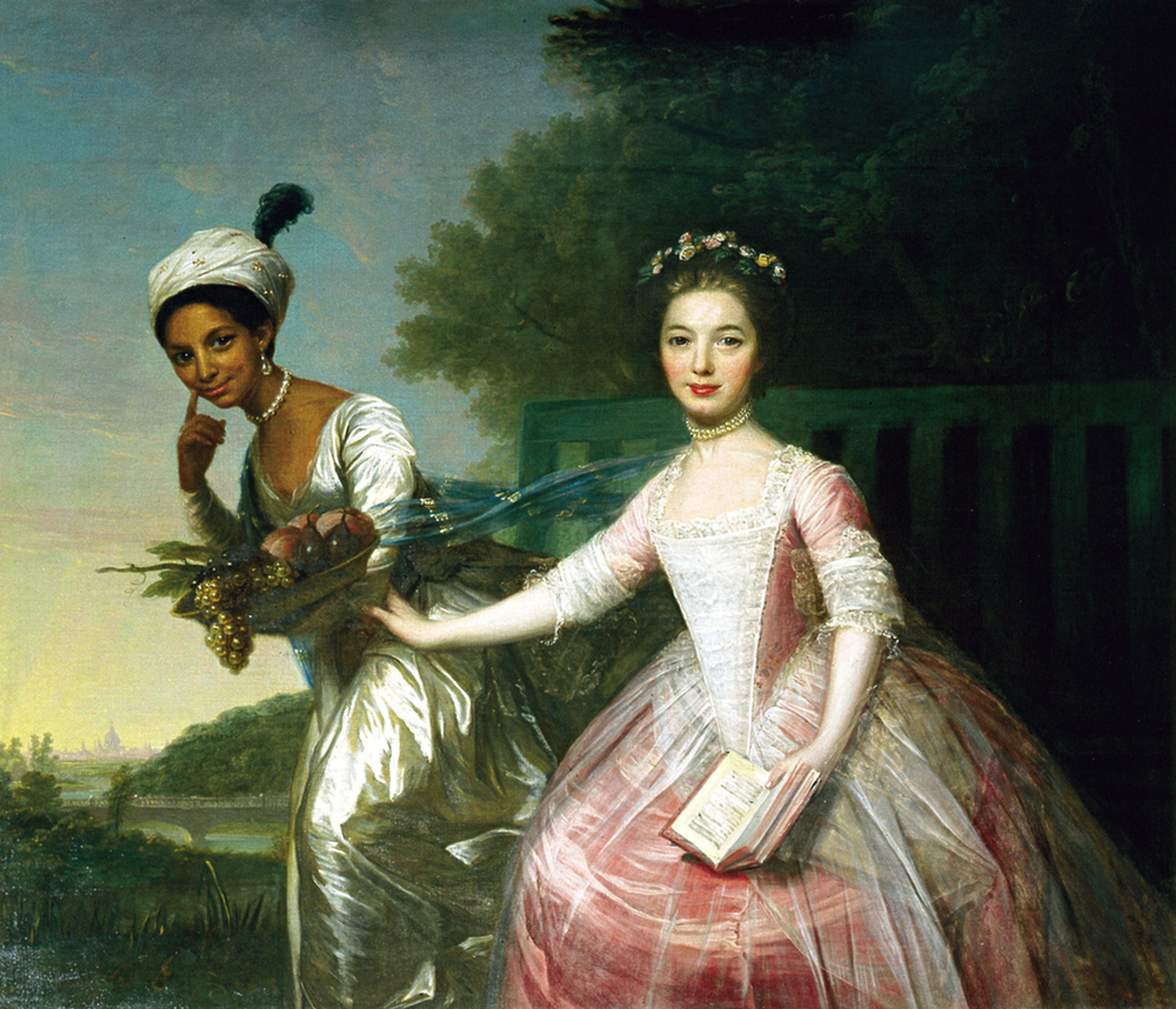Cut steel jewelry came into fashion in the Georgian era and was made and popularly worn through the end of the 19th century. Cast steel beads were faceted by hand in the earlier iterations of the style, and then produced by machine in the later years. Once cut, the sparkly studs were riveted to a brass plate, making high-wattage, glittery jewelry that was designed to shine in candlelight. Necklaces, hair ornaments, earrings and bracelets come across our path relatively often but tiaras are far more rare. This is a special object.
thedetails
- Materials
Brass base, cut steel gems
- Age
c 1800
- Condition
Laser welded repair at top, missing one piece of cut steel on lower center floral
- Size
8.5" inner length, 1.5" at the tallest point
Need more photos?
Send us an email to request photos of this piece on a model.


Aboutthe
GeorgianEra
1714 — 1837
As imperialist war raged in the Americas, Caribbean, Australia, and beyond, the jewelry industry benefited: colored gems from all over the empire became newly available. A mix of artistic influences from around Europe contributed to the feminine, glittering jewels of the era. Dense, ornate Baroque motifs from Italy showed up in Georgian jewelry, as did French Rococo’s undulating flora and fauna. Neoclassical style made use of Greek and Roman motifs, which were newly popular due to the recently uncovered ruins of Pompeii and Herculaneum. Lapidary methods improved: the dome-shaped rose cut was popular, as was the “old mine cut,” a very early iteration of today’s round brilliant cut.
The boat-shaped marquise diamond cut was developed around this time, supposedly to imitate the smile of Louis XV’s mistress, the marquise de Pompadour. Paste — an imitation gemstone made from leaded glass — was newly developed in the 18th century, and set into jewelry with the same creativity and care as its more precious counterparts. Real and imitation gems were almost always set in closed-backed settings, lined on the underside with thin sheets of foil to enhance the color of the stone and highlight it's sparkle. This makes Georgian rings tough for modern women to wear, especially on an everyday basis: genteel, jewelry-owning ladies of the 18th century were not famous for working with their hands like we are. Nor did they wash their hands as much as we do. Water will virtually ruin a foiled setting, so take special care with your Georgian ring. Very little jewelry from this period is still in circulation, and it's very difficult to repair.
